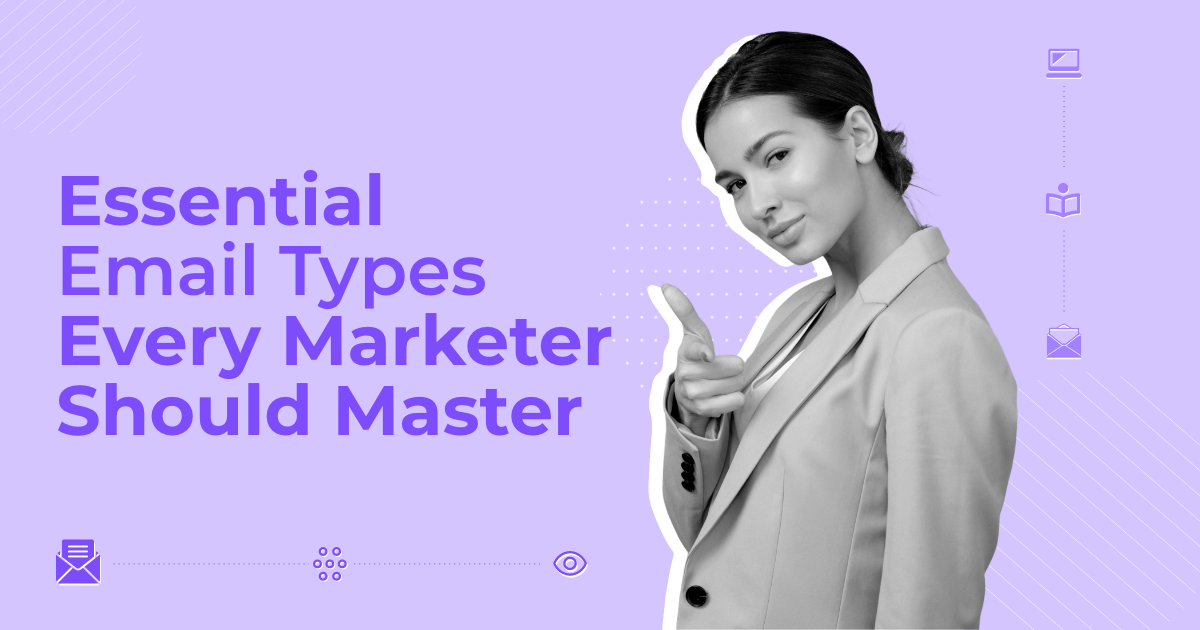
How to Start an Email Marketing Agency in 8 Steps [2026]
Email marketing is still one of the highest-performing digital channels, driving engagement, conversions, and impressive ROI. Why? Because it’s a cost-effective, customizable tool that can nurture prospects throughout their customer journey, even automatically.
While some businesses keep their email marketing efforts in-house, others don’t have the skills, headcount, or time to run a consistent strategy. That’s where email marketing agencies come in. And that’s where you can come in.
If that sounds like your next move, here’s how to start an email marketing agency from scratch and stand out in a competitive market.
Grow your agency with Moosend
Get advanced, targeted email solutions without wasting your budget.
Start freeWhat Does an Email Marketing Agency Do?
So, what exactly will you be doing? An email marketing agency specializes in crafting, managing, and optimizing email campaigns for other businesses. They help them develop email marketing strategies that support their brand awareness, growth, and retention goals.
Task-wise, these agencies handle various responsibilities, starting with creating and planning emails aligned with each client’s goals. How? They use email list building, segmentation, and other personalization techniques for targeted messaging.
Email content creation is usually also part of their duties. They design attractive campaigns that follow each brand’s guidelines and write copy that sticks—from subject lines to calls to action (CTAs).
Email agencies also set up email automation workflows to trigger messages based on user behavior and actions. And of course, they track performance through metrics, such as open rates and conversions, and report to clients on the results of their campaigns.
While some email marketing agencies offer end-to-end services, you can also find more specialized ones. For example, there are agencies focusing on a specific niche, such as SaaS or eCommerce, and others that excel in certain email marketing areas, such as automation or email design. So, where do you see yourself in this industry?
Pros and Cons of Starting an Email Marketing Business
Starting a new business is exciting yet challenging. Want to weigh the pros and cons? Here are some of the benefits and potential drawbacks of starting an email marketing agency to help you make a more informed decision:
The Pros
High ROI: Email marketing continues to deliver one of the highest returns on investment compared to other digital marketing channels.
Low costs: You can start this business from anywhere—all you need is a laptop, internet connection, and low-cost email marketing software.
Scalability: Once you’ve built the right systems, you can automate email sequences and hire freelancers to expand your operations.
Recurring income: Most clients request ongoing email marketing campaigns, rather than project-based support, leading to predictable monthly income.
The Cons
Competitive market: It might get hard to break into the market, but with strong positioning and a wide network, you can stand out faster.
Hard buy-in: Some clients are not aware of email marketing and expect instant value—you’ll need to educate and manage expectations.
Steep learning curve: You should constantly keep up with trends, privacy laws, and new tools to stay competitive and compliant.
Low-income starter: Income may be inconsistent at first—you’ll need time to build systems, your portfolio, and find clients.
Are those cons dealbreakers? Not necessarily. It’s best to treat them as yellow flags, not red ones. If you’re hesitant, consider starting as a freelancer and deciding how to proceed based on your results.
How to Start Your Email Marketing Agency Step-By-Step
Let’s see how to kick off an email marketing business from scratch based on strong foundations:
1. Explore email marketing trends
Email marketing is an ever-evolving channel. Privacy laws, software, and tactics are constantly changing, and staying updated is essential to create a competitive agency.
Think of AI for a sec. Since becoming more accessible, email marketers have been using it to improve personalization and copywriting. It’s even built directly into some of the most well-known email marketing platforms.
Your clients will probably have heard of AI, too. And they’ll want to know if and how you’re using it. Getting familiar with AI won’t just help you do your job faster and better; it’ll also help you stay relevant: from your perspective, your client’s, and your client’s customer’s.
So how do you stay up-to-date with marketing developments?
Make it a habit to follow the latest trends in software tools and learn about the most popular players in the market. Subscribe to marketing newsletters, join webinars or conferences, and participate in LinkedIn discussions.
You should also get familiar with privacy laws such as GDPR and CAN-SPAM to secure compliance. Keep an eye on notable websites such as:
An email marketing agency should be well-versed into anything that concerns clients to deliver a stellar experience. Even if you offer specialized services, potential clients should sense that you know your discipline inside out, otherwise they’ll find it hard to trust you.
2. Determine your ideal client profile
One of the main challenges for a new agency is attracting new clients. Before starting your business, determine your target audience. Having certain ideal customers in mind will help you effectively shape your brand positioning and stand out from competitors.
Target a niche you’re passionate about or experienced in. You can also identify a target market with a knowledge gap in this field. For example, local-based services such as salons or dentists are more familiar with social media than email marketing. With the right marketing and educational plan, you can build trust and convert them into clients faster.
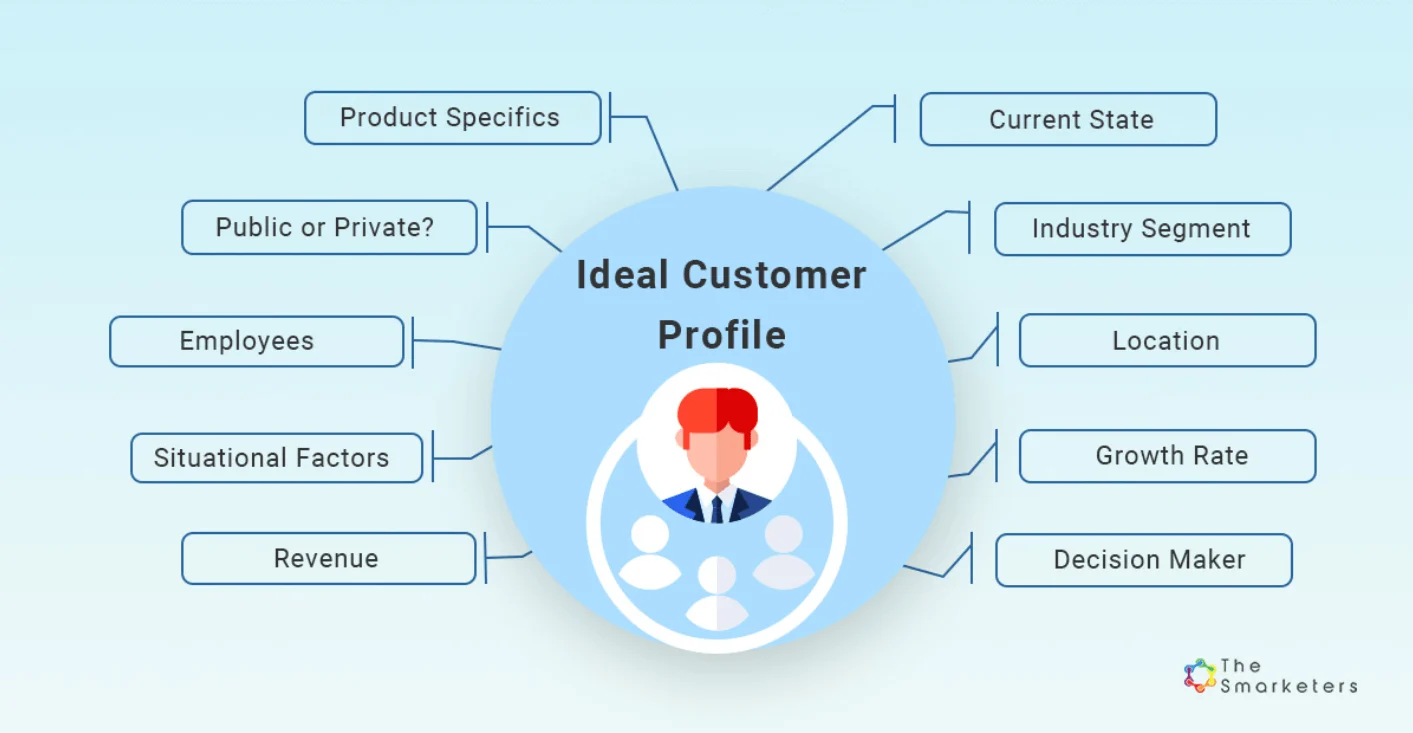
Once you’ve identified your ideal customers, think of their pain points, needs, interests, and what email strategies can address them. Also, understand their pain points with agencies to ensure that you’ll meet their needs.
3. Define your email marketing services
Now that you know your target personas, identify what type of email services you’ll offer. Do you want to handle every email marketing aspect or provide clients with more specialized tools and support?
In the first case, you’ll likely have to manage all email-related systems, from transactional to promotional emails. You’ll set up automation workflows, track key metrics, and optimize the overall email strategy to deliver consistent results.
However, there are agencies focusing on specific services. For example, you might want to help clients fix deliverability issues or design custom emails, without taking on broader email marketing responsibilities.
Here’s a list of common service types:
- Full-service email marketing
- Email automation setup
- Deliverability consulting
- Email design and copywriting
- Platform migration or integration
Think about how flexible you want your service model to be, and make sure it’s reflected in your messaging, proposals, and website.
4. Build your tech stack
To create a winning agency, you need to equip your business with the right tools. A project management tool like Trello or Asana will let you monitor your projects, track progress, and effectively collaborate with colleagues.
Of course, you need to search for the best email marketing tool for your needs. You can start with affordable solutions and make the most of their capabilities. They provide users with important features, such as email templates, analytics, segmentation, and marketing automation to save time without compromising quality.
Did you know that specific email marketing services run dedicated agency programs? For example, Moosend offers 30% recurring commission for each client you refer to the platform.
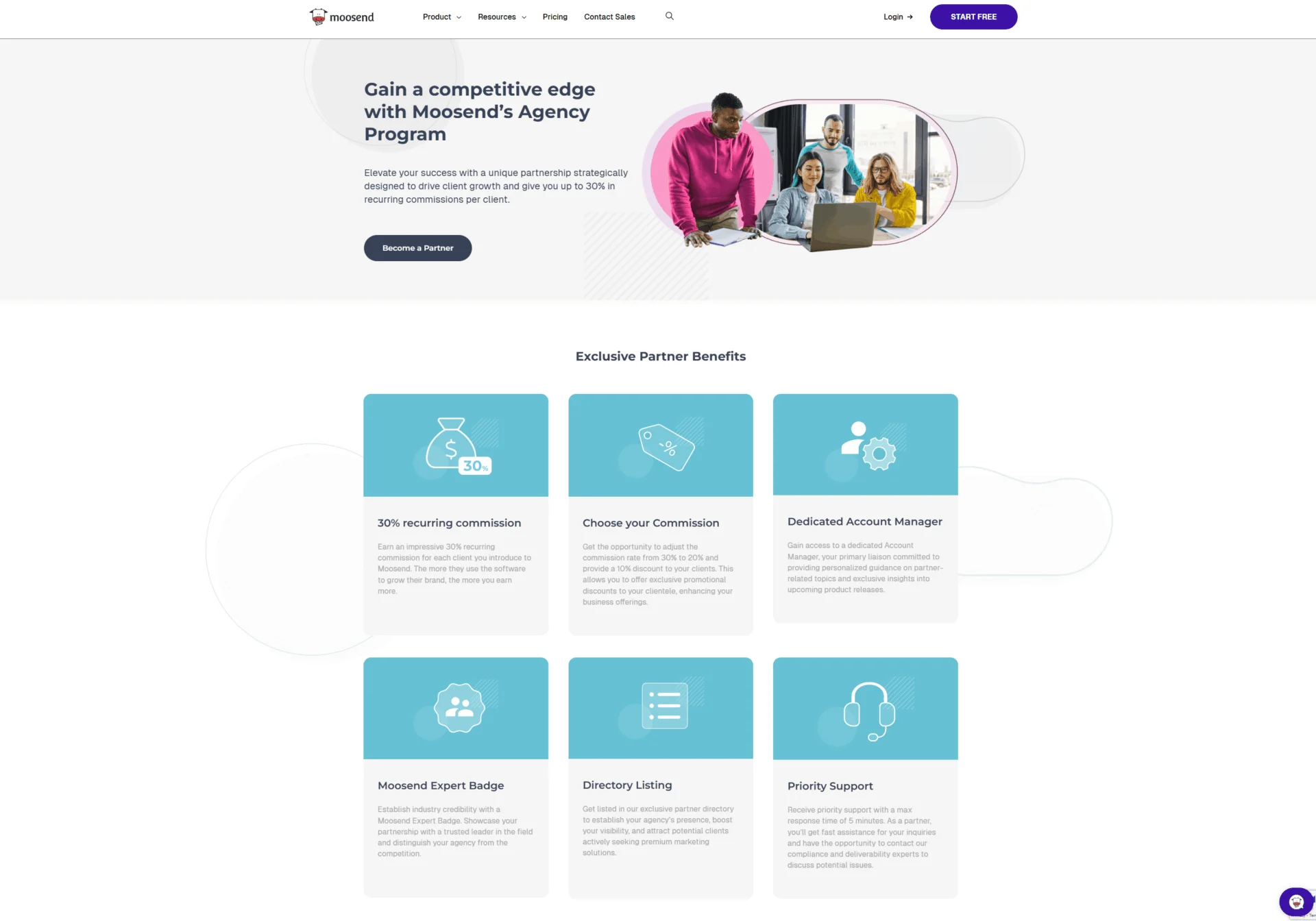
CRM and advanced analytics tools will be added to the toolkit as your business grows. You can integrate them with your existing stack or check out solutions with more complex features such as HubSpot.
5. Choose your pricing structure
Off to another dilemma—what pricing structure is best for your business? This decision is essential to building a profitable agency that is also competitive in the market—and one that potential clients can support.
Here are four models to consider:
- Monthly retainer: The client pays a fixed fee for ongoing services. It provides more predictable income, but you’ll need solid resources and reporting to justify the results.
- Project-based: The client pays for a specific project—for example, setting up a welcome email series. It’s easier to sell but you’ll need to constantly acquire new clients to remain profitable.
- Performance-based: You earn a percentage of the revenue generated by your email strategies. This model has high earning potential that entices clients but is risky due to attribution challenges.
- Hourly rate: You charge based on time spent working with the client. This model is more common in consulting or freelance setups and is better suited to short-term or niche-specific projects.
Each model has its pros and cons. The right one depends on your services, workflow, and client type. Check out what others in your niche are doing; not to mimic them, but to better understand the market.
And if you’re freelancing already or have a few potential clients in your network ask them: “Which model would you choose, and why?” Their feedback can give you real-world insight into what clients prefer.
6. Set up your business model and brand
It’s finally coming to life, isn’t it? It’s time to register your business entity and handle the necessary legal steps. The model you choose will affect taxes, liability, and how your business operates day to day.
The most common business structures are sole proprietorship, LLC, corporation, and partnership. Each country has its own regulations, so it’s best to consult an accountant and a lawyer first. Once your business is set up, ensure that you comply with data privacy and employment laws to stay secure and compliant.
By now, you probably have a company name and a logo—at least in your head. It’s time to bring them to life. Set up your website, craft your brand positioning, and start shaping your initial go-to-market strategy.
Think of your brand as more than just visuals—it’s the voice, tone, and mission. Are you a friendly expert? A data-driven strategist? A creative powerhouse? Define values and what makes your agency unique. These elements will guide everything from your website copy to your client proposals, helping you attract the right audience from day one.
7. Grow your client base
How can you convince new clients to trust your agency? In addition to a well-designed website, build a portfolio showcasing high-quality campaigns you’ve worked on. If you haven’t had any clients yet, create sample campaigns or consider offering free trials to demonstrate your skills and style.
You can also craft case studies to show prospects how businesses in their niche have benefited from your services. Lead magnets and landing pages are powerful tools for attracting potential clients. Share educational content like guides, checklists, templates, or free consultations in exchange for their email addresses.
Once you get their opt-in, automate a few follow-ups to nurture the relationship with engaging campaigns. This not only builds trust but also gives them a taste of the value you can deliver for their brand.
Reach out to your online and offline network to inform them about your new endeavor. Contact them on LinkedIn, email, or even text them to share the news. You can also ask people in the industry to share some of your posts to gain traction.
Cold emails are also a valuable weapon, especially if you have a shared contact, you can mention as social proof. Write attractive subject lines to grab their attention and explain why your service can be game-changing for their business.
Also, learn how to craft winning proposals to convince your target audience to choose you. Share the benefits of using your services, combined with stats that prove your points. You can also include an FAQ section on key brand assets, such as your website, to address potential concerns.
8. Deliver results and scale up
To keep bringing in new clients, you need to invest in customer loyalty and retention strategies. It all starts with onboarding—learn as much as possible about each client’s needs and make sure the first days of your partnership run smoothly by checking in. Ongoing customer engagement can also get you valuable referrals.
How will you know if your efforts are rewarding?
Track open, click-through, and conversion rates and monitor deliverability through spam complaints and bounce rates to maintain a strong sender reputation. Most email marketing services offer dedicated analytics tools. You can combine that information with data from sophisticated software such as Google Analytics and Tableau.
Moreover, reporting is going to take an important chunk of your daily life. If you’re organized and report on every move, you won’t only improve your email campaigns but also gain tangible proof of your work. This is useful to validate the trust of existing customers and reassure potential customers who want to find out if you can bring the desired results.
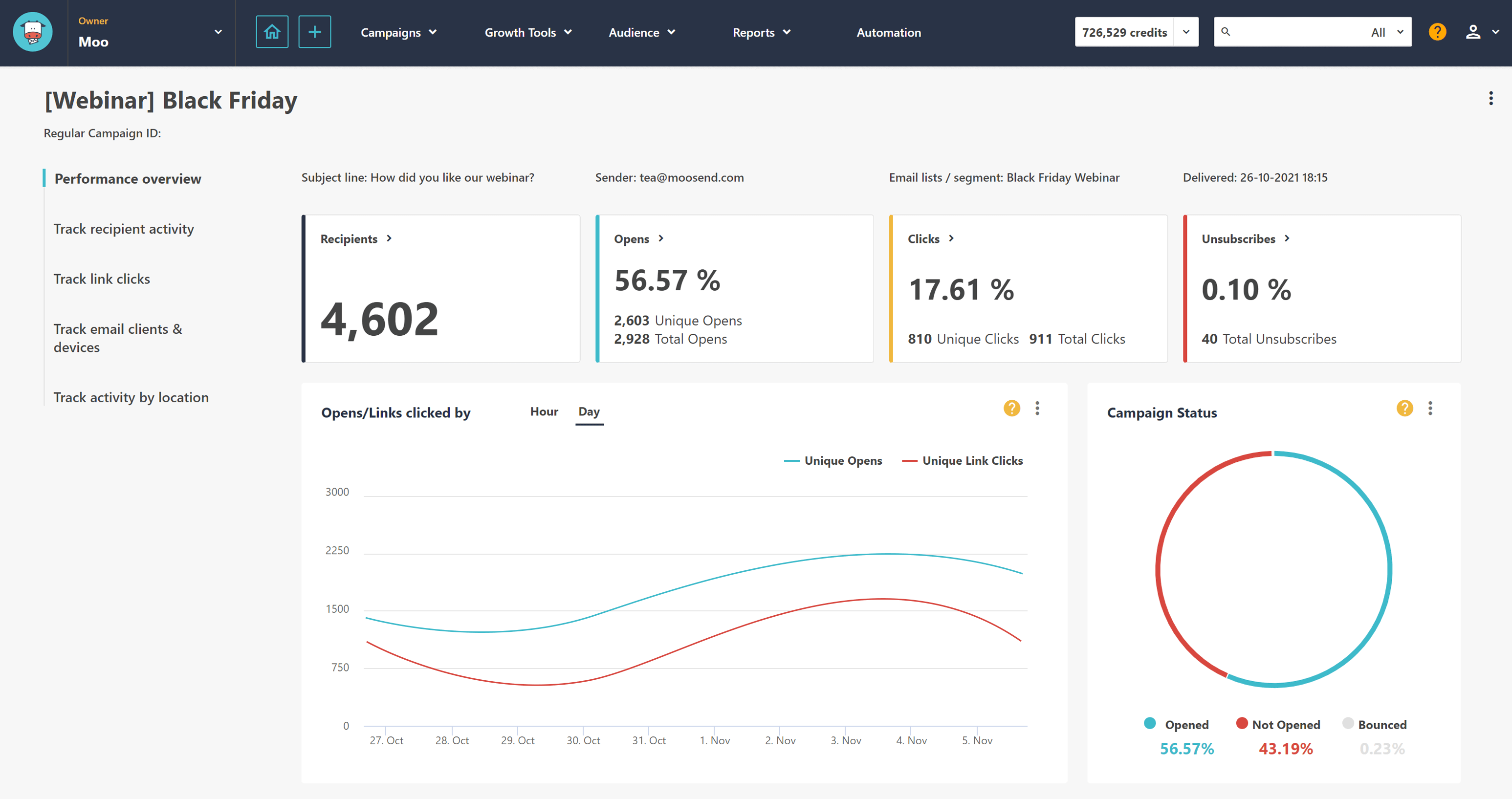
Once you gain more clients, consider scaling up slowly and steadily. Bring new people on board and adapt your systems accordingly. Draft SOPs to train new hires, explore new tech solutions, or evaluate how your existing stack supports your growth.
Make Your Email Marketing Business the Real Deal
Ready to launch your email marketing agency? Let’s move to step zero and ask yourself: why do you want to do this? Your “why” is the foundation of your business.
Whether you’re driven by the thrill of helping big or small businesses grow or the need to create a steady revenue stream, having a clear goal will guide your decisions and shape your brand identity.
So before diving into tools and tactics, take a moment to define your mission—the first step toward building something meaningful for you and your clients.

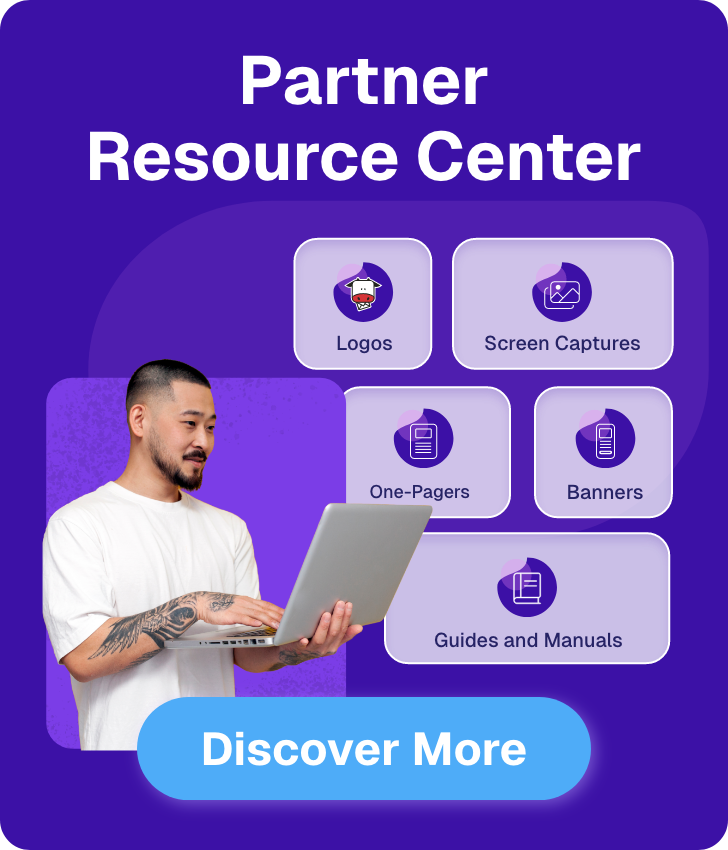


 Published by
Published by
